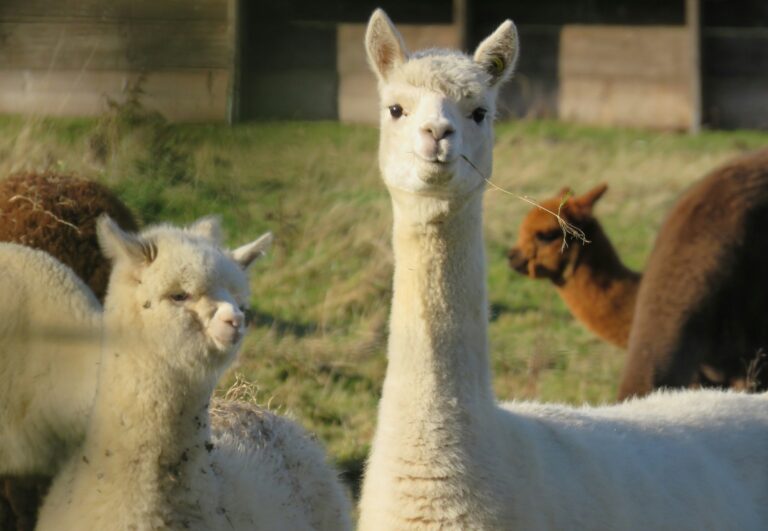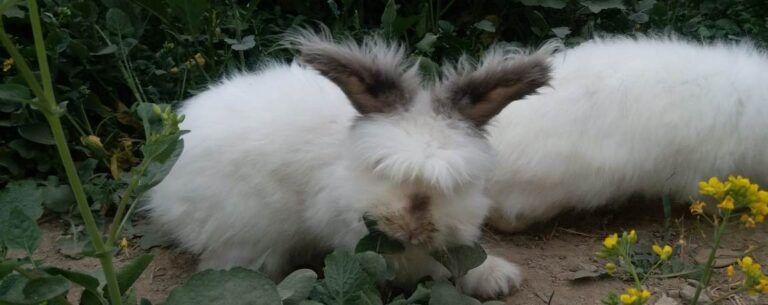Email: blogagri2@gmail.com
Chicken Brooder: A Guide to Raise Healthy Chicks

A chicken brooder is used to keep newly hatched chicks warm. This post will walk you through everything you need about chicken brooder, from basic setup to essential tips on heating, feeding, and maintenance. By the end of this blog, you’ll feel confident raising happy, healthy chicks.
Raising chickens has become an increasingly popular hobby and livelihood, whether for fresh eggs, meat, or simply enjoying the company of these fascinating creatures. For beginners and seasoned poultry keepers alike, setting up a proper chicken brooder is one of the first essential steps in raising healthy chicks. But what exactly is a brooder, and how do you set one up to ensure your chicks thrive?
1. What is a Chicken Brooder?
A chicken brooder is an enclosed space where newly hatched chicks are kept warm, safe, and fed until they are old enough to move outside to a coop or a free-range setting. It simulates the natural environment that mother hens provide, particularly in regulating warmth and ensuring the chicks are secure during their vulnerable early stages of life.
Without a brooder, chicks would struggle to maintain their body temperature and might be susceptible to cold, illness, or predators. Typically, chicks are kept in a brooder for the first six to eight weeks of life, depending on the breed and the outside weather conditions.
2. Why Do You Need a Brooder for Chicks?
A chicken brooder is not just a convenience; it’s a necessity for raising healthy chicks. Without the warmth and security of a brooder, chicks would be unable to thrive. In the wild or in a farmyard setting, a mother hen provides warmth by gathering her chicks under her wings, but in the absence of a hen, a brooder replicates this critical care.
Here’s why a brooder is essential:
- Heat: Chicks cannot regulate their body temperature for the first few weeks of life, so providing a constant source of warmth is vital.
- Protection: A brooder keeps chicks safe from predators, drafts, and hazards that they may encounter in an open environment.
- Controlled Environment: The brooder allows for control over temperature, lighting, and humidity levels, ensuring optimal growth and health.
- Learning to Self-Sustain: Chicks learn essential life skills within the brooder, such as foraging for food and finding water.
3. Types of Chicken Brooder
There are a variety of options when it comes to choosing or building a brooder. The two main types are DIY brooders and pre-made commercial brooders. Additionally, brooders can either be used indoors or outdoors, depending on the climate and space you have available.
DIY Brooder
A DIY chicken brooder can be made from simple, readily available materials. Commonly used materials include cardboard boxes, plastic storage tubs, wooden crates, or even old bathtubs. DIY brooders are affordable and customizable to your specific needs but require some planning and effort to set up.
Pros:
- Cost-effective
- Customizable in size and design
- Easy to repurpose materials
Cons:
- May not have professional-grade features like temperature regulation
- Requires time and effort to build
Pre-Made Brooder
Commercially available chicken brooders are designed specifically for chick rearing, often featuring built-in heat lamps, adjustable temperature controls, and easy access for feeding and cleaning. These can range from simple plastic containers with heating elements to more elaborate setups with built-in thermostats and even automatic feeders.
Pros
Cons
Ready to use out of the box
Professional design tailored for chick-rearing
Reliable temperature and space management
More expensive than DIY options
Limited customization options
Indoor vs. Outdoor Brooder
An indoor brooder is ideal for those with limited outdoor space or live in colder climates. Indoor brooders are typically placed in a garage, basement, or utility room. The controlled indoor environment makes it easier to manage temperature and lighting.
An outdoor brooder is used by those with more space or in warmer climates where chicks can be introduced to outdoor conditions earlier. Outdoor brooders must be more robust, protecting chicks from predators and changing weather conditions.
4. Essential Elements of a Brooder
Regardless of whether you choose a DIY or pre-made brooder, there are several elements that every chicken brooder must have to ensure the health and safety of the chicks.
Heat Source
The most critical component of a brooder is the heat source. Chicks need a consistent, warm environment, especially in the first few weeks. The temperature inside the brooder should start at around 95°F (35°C) during the first week and gradually decrease by 5°F (3°C) each week until the chicks are fully feathered.
Common heat sources include:
- Heat Lamps: These are the most traditional heating methods for brooders. They are easy to set up and can warm a large area.
- Brooder Plates: These mimic the warmth of a mother hen, allowing chicks to huddle beneath them for warmth.
- Ceramic Heaters: These provide heat without light, which can help chicks establish a natural day-night cycle.
Bedding
Good bedding is important to keep the brooder clean and to prevent chicks from developing leg problems. Some common bedding options include:
- Pine Shavings: Popular due to their absorbency and softness.
- Straw: Another absorbent option, but can be more difficult to clean.
- Paper Towels: Often used in the first few days for easy monitoring of droppings.
Avoid using cedar shavings as the strong scent can harm chicks’ respiratory systems.
Feeder and Waterer
Chicks need constant access to fresh water and food. Special chick feeders and waterers are designed to prevent spillage and contamination. Ensure the waterer is shallow enough to avoid chicks drowning, and consider placing marbles in the water tray for the first week to prevent accidents.
Space and Ventilation
Crowded brooders can lead to stress and illness among chicks. Each chick needs about 0.5 to 1 square foot of space in the brooder, depending on their size. As the chicks grow, you may need to expand the space or reduce the number of chicks per brooder.
Ventilation is crucial for removing moisture and preventing ammonia buildup from droppings. Ensure that the brooder has proper airflow without creating drafts, which can chill the chicks.
5. How to Set Up Your Chicken Brooder: A Step-by-Step Guide
Here’s a simple guide to setting up your brooder:
- Choose Your Brooder Type: Decide whether to build your own or purchase a pre-made brooder. If DIY, gather materials such as a large box or plastic bin.
- Install the Heat Source: Secure a heat lamp, brooder plate, or ceramic heater at one end of the brooder. This allows chicks to move closer or farther from the heat source to regulate their temperature.
- Add Bedding: Spread a 1-2 inch layer of bedding across the bottom of the brooder. Pine shavings are ideal, but avoid slippery materials like newspaper which can cause leg issues.
- Place the Feeder and Waterer: Position the feeder and waterer at the opposite end of the heat source to encourage chicks to explore the brooder. Keep the water clean and replace it regularly.
- Check Temperature and Ventilation: Ensure the brooder is at the correct temperature (95°F for the first week) and that there is proper airflow without cold drafts.
- Introduce the Chicks: Gently introduce the chicks into their new home once your brooder is set up and at the right temperature.
6. Ideal Conditions for Healthy Chicks
Maintaining the right conditions inside the brooder is crucial for the health and growth of your chicks. Here’s how to ensure everything is optimal:
Temperature Management
The brooder’s temperature is the most important factor for the first few weeks. Too cold, and chicks will become weak and huddle together. Too hot, and they’ll spread out and become stressed. Here’s a general temperature guide:
- Week 1: 95°F (35°C)
- Week 2: 90°F (32°C)
- Week 3: 85°F (29°C)
- Week 4: 80°F (26°C)
After the fourth week, gradually reduce the heat until they can adapt to room or outdoor temperatures.
Light Cycles
While heat lamps provide warmth, they also emit light. It’s essential for chicks to develop a natural day-night cycle to support their circadian rhythms. Natural sunlight from a nearby window will suffice if you’re using a brooder plate or ceramic heater. If you use
heat lamps, consider turning off the light source at night and using a secondary non-light emitting heat source if necessary.
Humidity and Air Quality
Poor air quality can lead to respiratory issues. Maintain a balance between good ventilation and keeping the brooder draft-free. Clean the brooder regularly to prevent ammonia buildup from the chicks’ droppings. The optimal humidity level should be between 50-60% to prevent dehydration or excessive moisture.
7. Common Mistakes to Avoid
Even with the best intentions, mistakes can happen. Here are some common pitfalls to avoid when raising chicks in a brooder:
Overcrowding
Too many chicks in one brooder can lead to stress, pecking, and uneven growth. Generally, each chick should have at least 0.5 square feet of space in the first few weeks, increasing as they grow.
Incorrect Temperature
Maintaining the right temperature is crucial. If chicks huddle under the heat source constantly, it’s a sign the brooder is too cold. If they avoid it and spread out, it’s too hot. Use a thermometer and adjust accordingly.
Read Also: Surprising Facts about Duck Eggs
Dirty Bedding
Dirty bedding can lead to illness and respiratory issues. Regularly change the bedding to keep the brooder clean and dry. Damp bedding can also create cold conditions, so monitoring and cleaning as necessary is vital.
8. When to Transition Chicks Out of the Brooder
Chicks are typically ready to transition from the brooder to the coop or outdoor area when they are fully feathered and can regulate their body temperature, usually around 6-8 weeks old. If the outdoor temperatures are still low, you may need to delay the transition or provide supplemental heat in their new environment.
Start by gradually introducing them to outdoor conditions during the day while still bringing them inside at night. Over time, they’ll acclimate to the cooler temperatures and can be moved to their permanent coop.
9. Conclusion: The Key to Raising Healthy Chicks
Raising healthy chicks starts with a well-prepared brooder. Every detail matters from providing the right temperature to ensuring proper ventilation and nutrition. A well-maintained brooder gives your chicks the best possible start in life, ensuring they grow strong and healthy.
Whether you’re a first-time chicken keeper or an experienced poultry enthusiast, understanding brooding essentials will help you confidently raise chicks. Follow the steps and tips outlined in this guide, and you’ll be well on your way to a successful and rewarding experience raising chickens.
This 3000-word blog provides an in-depth guide to chicken brooders, ensuring that both beginners and experienced poultry keepers have the knowledge needed to raise healthy, happy chicks.







